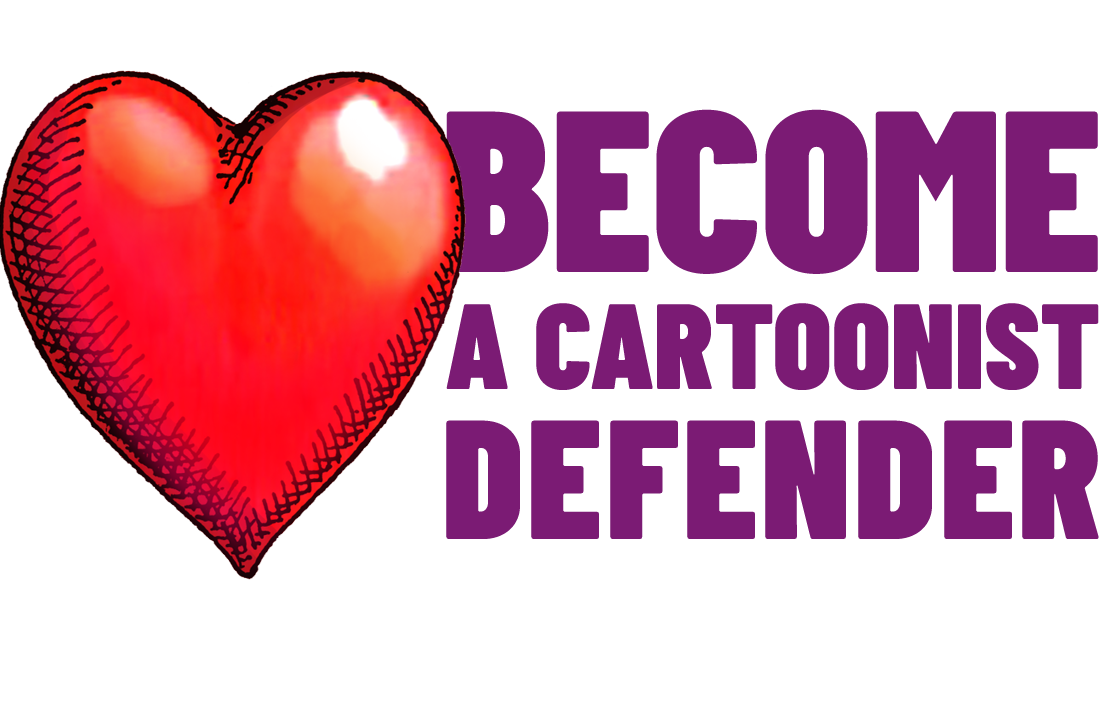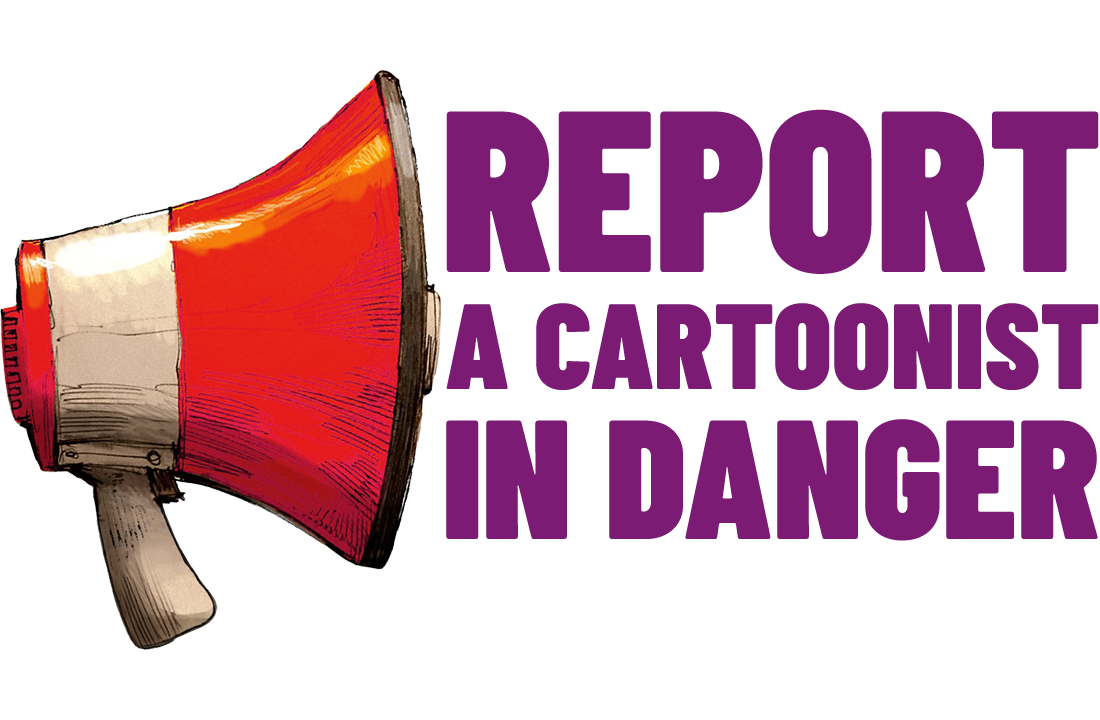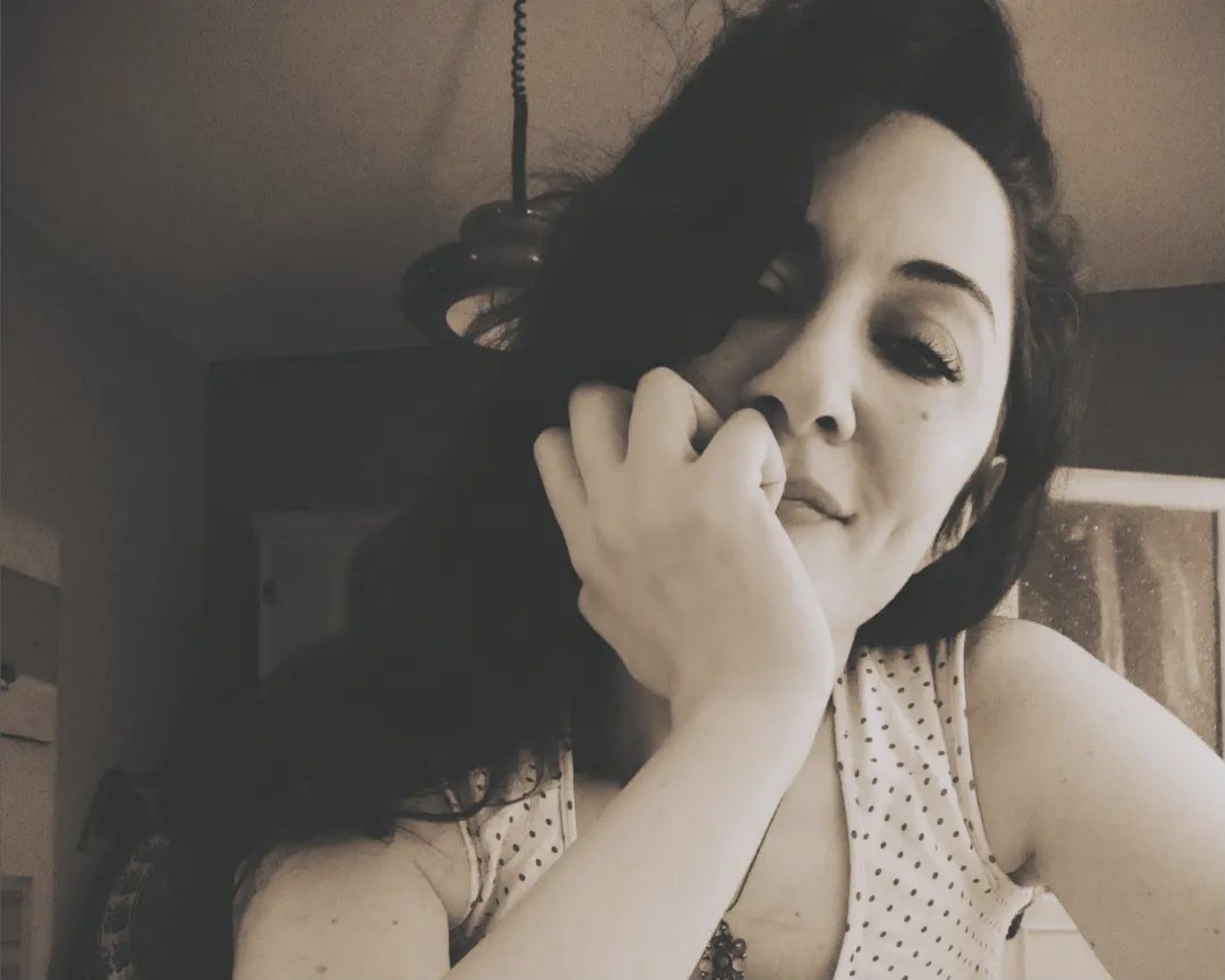Free expression organizations speak for Zehra Ömeroğlu
Today four organizations concerned with the safety and free expression of press cartoonists – Cartooning for Peace, Cartoonists Rights, Freedom Cartoonists, and Freemuse – make a joint statement on behalf of Zehra Ömeroğlu, recently found criminally liable for “obscenity” over a cartoon that appeared in Turkish humour magazine LeMan in 2020.
Read More





